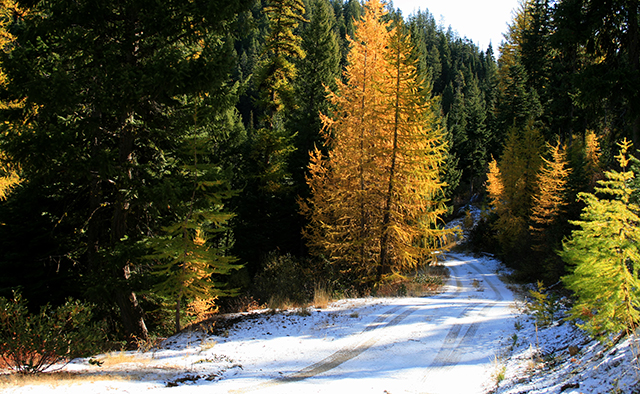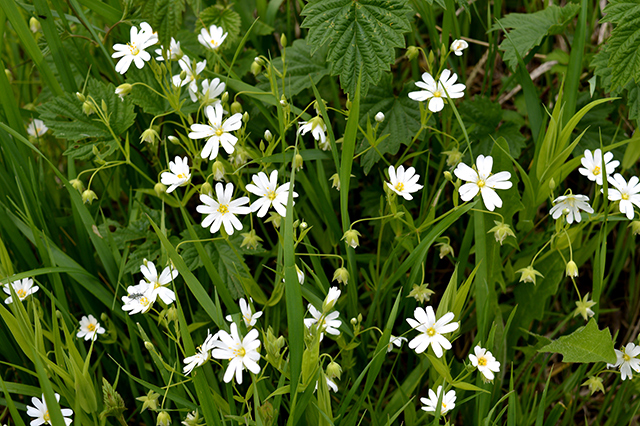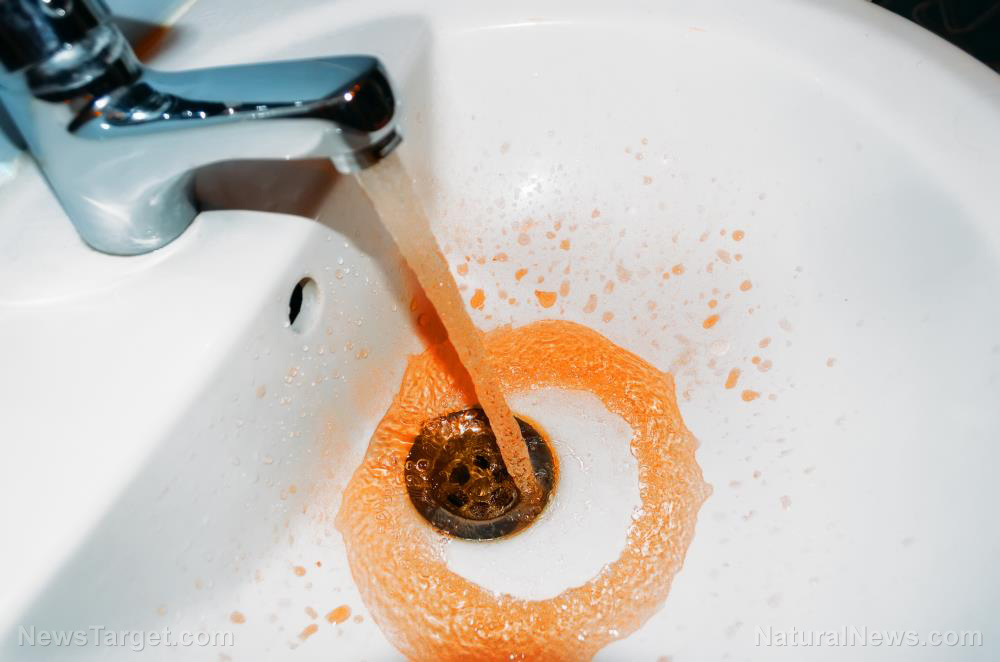Tips for starting your own organic garden
05/04/2018 / By Zoey Sky

Tired of paying for overpriced vegetables? Take another step toward total food independence by cultivating your own organic garden!
Having access to fresh fruits and vegetables that are naturally grown can even help you reduce your food bill. It’s also a good way of ensuring that your family doesn’t consume produce that may contain harmful fertilizers and synthetic pesticides. (h/t to WakingTimes.com.)
Organic gardening basics
If you’re a novice, you can start slow when it comes to organic gardening. Prepare a DIY kitchen garden first so you can get your bearings. Here are some tips to get you started.
(1) Gather the following gardening tools before you start setting up your DIY organic garden:
- Breathable garden gloves
- Clippers
- Compost bin
- Ergonomic trowel set
- Lightweight watering can
- Soil test kit
- A table saw (If you don’t own one, you can borrow a table saw if you want to make a wood compost frame.)
(2) You need to prepare the soil because this will determine the quality of your harvest. Make sure the soil contains enough nutrients and skip the chemical treatments because these will harm your plants and the beneficial bacteria, microbes, and worms in the soil.
Test the soil using a home soil test kit. You can also take a soil sample to your local agricultural extension office if you don’t mind paying a small fee for the service. Verify information about the soil’s nutrient levels, pH levels, and any treatment recommendations.
Let whoever tests your soil know that you’re going to cultivate an organic garden. This will help them formulate the proper recommendations for soil preparation. Add plenty of humus to the soil because this provides nutrients for your organic plants. Don’t forget to get some organic livestock manure from a local farm.
(3) To make good compost, you need to combine the right ratio of carbon and nitrogen with some air, soil, and water. Don’t worry if this seems complicated, you’ll eventually get used to compost-making.
If you want to make a four-dimensional wood frame so you can store compost, follow the steps below:
- Measure a three-foot square area for your compost heap. For accurate measurements, use a bin or a custom pen that you can rotate.
- Add layers of carbon, garden trimmings, and leaves. You’ll also need to add nitrogen so get some green material like manure and kitchen scraps. Cover the material with about six inches of soil.
- Don’t forget to turn the compost pile when adding new layers. Turning over the pile will keep the manure moist and encourage microbe action. If the weather is warm, the compost pile will be ready in about two months.
- A well-maintained compost pit shouldn’t smell bad. If you notice weird smells coming from the pit, add dry carbon material like leaves, sawdust, or straw and keep turning the pile.
You can also buy organic compost in bags from your local garden supply or a commercial compost business.
(4) Decide on the vegetables that you’re going to plant. Choose plants that can grow in a small kitchen garden. Consider vegetables that can adjust to the drainage, light, moisture, and soil quality. When you grow plants that adapt to their environment, pests are less likely to attack them.
Buy organic seedling plants from the local farmer’s market to avoid seedlings that may contain pesticides or chemical fertilizers. Likewise, here are some plants that are easy to grow from seeds:
- Coriander
- Cucumber
- Dill
- Larkspur
- Morning glory
- Radishes
- Scallions
- Spinach
- Sunflowers
- Sweet peas
(5) To help making maintaining your garden bed eaiser, consider some raised beds. With raised beds, you won’t have to walk on the soil that your plants are growing on. Grouping the plants can also help reduce water waste and weeding.
Make sure there’s enough space between the rows for adequate aeration because this can also prevent fungal attacks. Space out your plants so that they aren’t crowded and have to compete for sunlight, water and nutrients. (Related: The top 10 best foods to grow for survival.)
(6) Water your plants in the morning when there is less wind. Avoid watering your garden at night because the soil will remain damp and increase the risk of bacterial diseases and fungal growth.
(7) Weed with your hands so you can eliminate all the weeds. You can use mulch to reduce the weeds. Mulch will also protect the soil and help retain moisture.
(8) You can keep your organic garden pest-free by planting different vegetables since pests tend to target one type of plant. Protect your garden with some help from birds, frogs, ladybugs, lizards, and toads. Leave a small dish of water near the garden to entice these friendly predators.
Follow the tips above to start cultivating your own pesticide-free organic garden this spring.
You can learn more about homesteading and organic gardening at Homesteading.news.
Sources include:
Tagged Under: Collapse, Composting, disaster, DIY kitchen garden, food freedom, food independence, gardening, homesteading, how-to, kitchen garden, off grid, organic gardening, preparedness and survival, prepping, SHTF, survival, survival skills, sustainable living, weeding



















